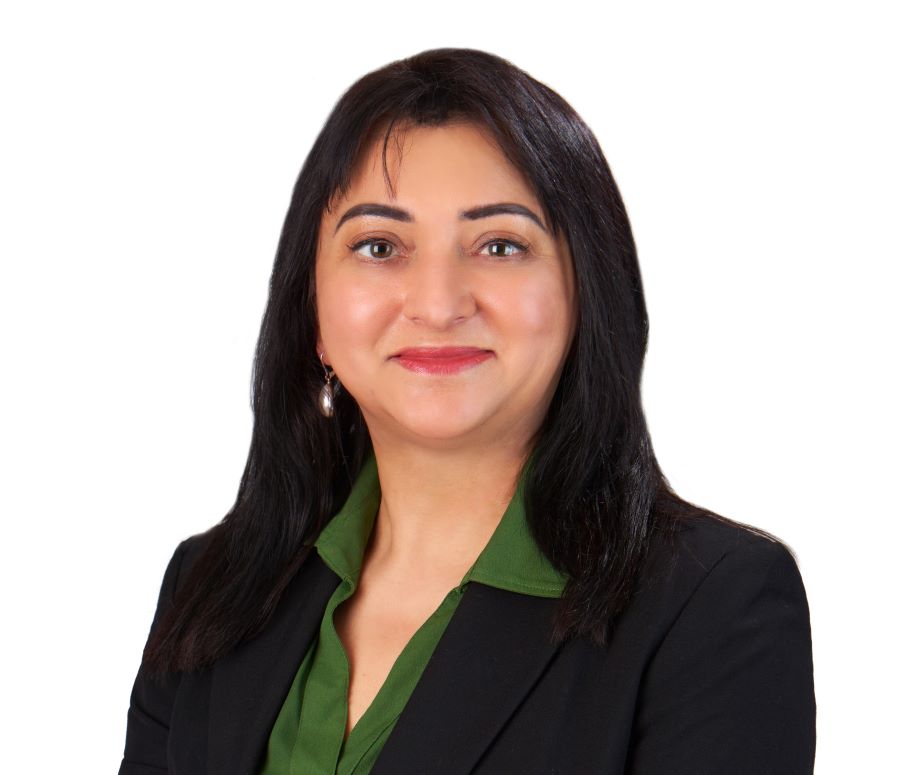In May of 2023, the Supreme Court delivered a unanimous ruling that effectively states, “the more one claims, the more one must enable.” The decision was long-awaited by patent practitioners. The ruling was delivered by Justice Gorsuch in Amgen Inc. v. Sanofi, 22-157, — U.S. — (2023) (21-757_k5g1), and has notable takeaways for inventors filing functional patent claims.
The case pertains to patents covering antibodies engineered by scientists that help reduce levels of low-density lipoprotein (LDL) cholesterol. LDL cholesterol is also known as “bad cholesterol,” as it can lead to cardiovascular disease, heart attacks, and strokes. These antibodies inhibit the operation of a naturally occurring protein that is known as PCSK9, which degrades the LDL receptors.
If you are new to some of the patent terms referenced above, we will begin with a quick glossary of terms. The term “claim” refers to the language a patentee uses in a patent application to define specifically what they are requesting protection for, from the U.S. Patent and Trademark Office, against potential future infringement. It is sometimes referred to as “the grand bargain between the patentee and society.” In essence, the patent laws grant an inventor the right, and privilege, to exclude others from mimicking an invention and stealing one’s intellectual property, in return for meeting certain statutory guidelines.
A “functional claim,” specifically, is a patent claim that defines what a device or process actually does and/or how it works, rather than how it looks (which is known as a design patent). A design patent can be issued for “any new, original, and ornamental design for an article of manufacture,” per 35 U.S.C. § 171(a). Thus, a design patent on a chair would protect the way that the chair appears. In contrast, a functional patent claim for a chair would need to describe an innovative function for that invention. For example, the chair may be uniquely designed to hold a certain amount of weight, it has some new mechanical features that deploy hydraulics to raise and lower the chair, to cite just a few hypothetical examples.
The issue that can arise — which did arise in Amgen — is when inventors use language in their functional claim applications that are so broad in describing a process or function that it precludes an entire class or sector of an industry from operating in similar ways, despite legitimate claims of their own regarding new and novel functions developed.
Amgen’s patents identified 26 amino acid sequences for antibodies that would block or inhibit PCSK9. However, Amgen claimed the entire genus of antibodies that bind to specific amino acid residues on PCSK9, and block PCSK9 from binding to the LDL receptors. In other words, Amgen’s claims were not tied to any specific antibody structure or amino acid sequence.
The Supreme Court ruled, “The more one claims, the more one must enable.” Stated differently, for a claim to a whole class of compounds to be adequately enabled, the specification must teach a person of skill in the art how to make and use the entire class. The Supreme Court found that while Amgen had described 26 possible amino acid sequences, millions of possibilities existed. Hence, the Court ruled in favor of Sanofi, holding that Amgen’s specification did not enable the claims. Because a patentee is in effect being given “monopoly status” when granted patent protection, this privilege should only be granted when a reasonable amount of disclosure has been provided by the patentee. As noted above, patent protection is that “grand bargain” society makes with patentees in return for disclosure of the invention. The grand bargain is the basis of the enablement requirement, which refers to the requirement of 35 U.S.C. 112(a) or pre-AIA 35 U.S.C. 112, first paragraph, that the specification describe how to make and how to use the invention.
Some nuances were added, with the Court clarifying that this does not mean the specification “must describe with particularity how to make and use every single embodiment within a claimed class.” It may be sufficient for the specification to describe only a few example embodiments “if the specification also discloses ‘some general quality . . . running through’ the class that gives it a ‘peculiar fitness for the particular purpose.’” (quotations omitted). A reasonable amount of experimentation or testing is permitted. What amount of experimentation is reasonable depends on the size of the genus, the nature of the art and the level of a person skilled in the art. This ruling leaves the status quo, reinforcing the need for a nuanced and thorough approach to drafting claims.
This does, however, potentially open doors for inventors in the position of Sanofi, which (in the court’s view and their own) believed they were being unfairly shut out of an entire genus of innovation, if the existing functional patent claim language drafted by a competitor is too broad and restrictive of enablement to withstand challenge. Whether you are the proverbial Amgen or the metaphorical Sanofi in this instance, the important takeaway is to know both your limitations, as well as your opportunities, when it comes to making or challenging functional claims.
What this means for inventors, whether operating in biosciences or not, is that inventors should seek skilled legal guidance when drafting functional claim language. It is now more critical than ever, when defining how to disclose functionality, to do so in a way that provides people with enough information to understand the functionality you are seeking to protect from patent infringement. The broader one is trying to be in seeking a claim, the more one needs to disclose in order to withstand challenges from other inventors.
Read more from Nayyer Siddiqi
Protecting Inventions by Design
Printed Publications: A Discussion of What Qualifies as Prior Art
